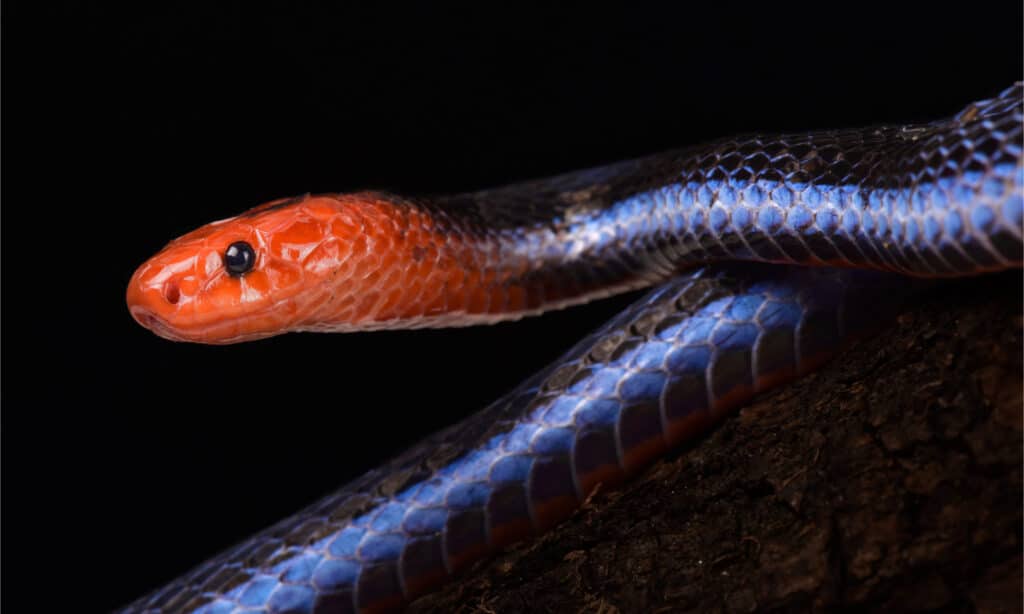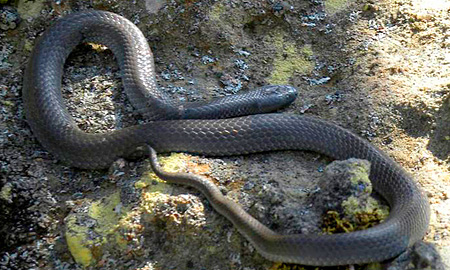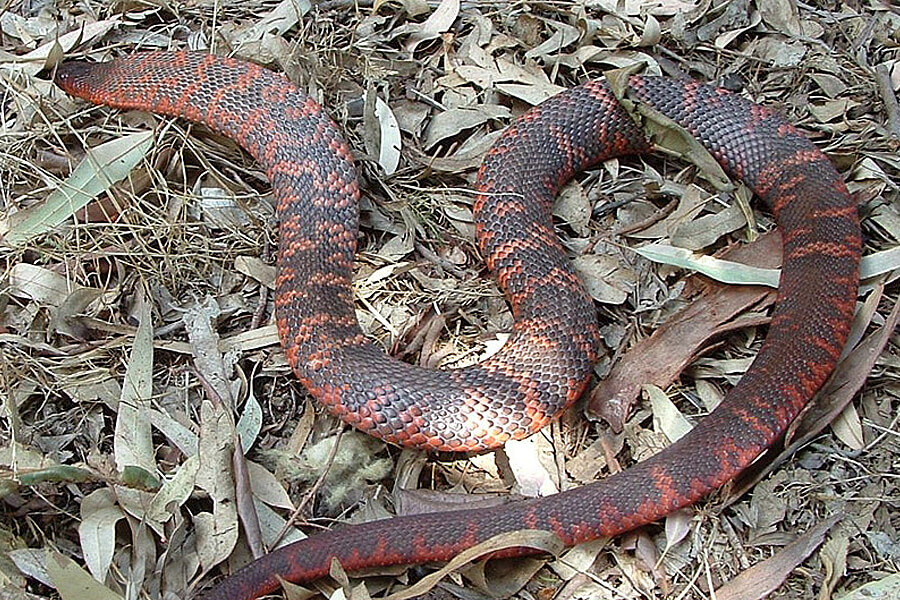Introduction
The Tasmanian tiger serpent, clinically referred to as Notechis scutatus, is among Australia's many intriguing reptiles. Discovered primarily in Tasmania and its surrounding islands, this snake green tree python snake has actually gathered interest not only for its striking appearance yet additionally for its complex actions and important duty in the community. This article will certainly discover the various facets of the Tasmanian tiger snake's environment, behavior, composition, and interactions with human beings while providing necessary details concerning safety measures in instance of a serpent bite.
Whether you're a researcher, a wildlife lover, or simply someone curious about these fascinating animals, this comprehensive overview assures to supply insights that are both useful and appealing. So allow's start this journey to understand the Tasmanian tiger snake better!
The Tasmanian Tiger Serpent: An Overview
Physical Features of the Tasmanian Tiger Snake
Tiger snakes are defined by their distinctive pigmentation and patterns. They commonly exhibit a mix of yellow or lotion stripes on a dark brownish or black background-- for this reason the name "tiger." Adult tiger snakes can grow up to roughly 2.1 meters long, although many individuals average around 1.5 meters.
Key Attributes:
- Coloration: Varies from dark brown to olive green with lighter bands. Size: Adults typically range from 1.2 to 2.1 meters. Head Shape: Definitely wide with noticeable eyes.
Distribution and Habitat of the Tasmanian Tiger Snake
The Tasmanian tiger serpent primarily lives in coastal regions, marshes, marshes, and grasslands in Tasmania. It thrives in environments where it can conveniently gain access to water sources given that it is often discovered near streams or lakes.

Habitat Preferences:
- Wetlands: Perfect for searching victim like frogs and small mammals. Coastal Areas: Offers plentiful food resources. Grasslands: Gives cover and basking spots.
Understanding Tiger Serpent Behavior
Feeding Habits of the Tasmanian Tiger Snake
Tiger snakes are carnivorous and opportunistic feeders. Their diet consists mostly of frogs, fish, little animals, and birds. They count on their keen sight and swift motions for hunting.
Dietary Break down:
- Frogs: A primary component due to abundance in marsh habitats. Fish: Frequently caught when swimming in shallow waters. Small Animals: Occasionally exploit rodents.
Breeding Actions of the Tasmanian Tiger Snake
Tiger snakes have an interesting reproductive cycle. Mating usually takes place in spring after emerging from hibernation. Female tiger snakes give birth to live young rather than laying eggs, which is somewhat distinct among reptiles.
Reproductive Cycle:
- Mating Season: Spring (September to November). Gestation Period: Roughly three months. Litter Size: Varieties from 20 to 40 child tiger snakes.
Aggression and Defense reaction of the Tasmanian Tiger Snake
Though they can be aggressive when intimidated, tiger serpents often favor to pull back instead of face threat directly. Their key defense reaction consist of attacking when caught or presenting their size through hissing.
Defensive Techniques:
- Hissing Noise: A warning signal showing distress. Bite Reaction: A last hope when retreat options are limited.
Are Tiger Snakes Venomous? Comprehending Their Venom
Venom Make-up and Effects
Yes! The Tasmanian tiger serpent is venomous. https://ameblo.jp/collingebj170/entry-12876044964.html Its poison contains neurotoxins that can trigger serious damage and even death if left without treatment. The results of a bite can include paralysis, swelling at the bite site, nausea or vomiting, and other systemic symptoms.
Venom Features:
- Neurotoxic Elements: Impact nervous system functioning. Hemotoxic Effects: Can cause cells damage.
Common Symptoms Following a Tiger Snake Bite
Recognizing signs without delay is critical for reliable emergency treatment management after a snake bite:
- Severe discomfort at bite site Swelling Nausea or vomiting Difficulty breathing
First Help for Snake Bites: What You Required to Know
Immediate Tips After a Tiger Snake Bite
In instance you encounter a scenario including a tiger keelback snake australia serpent bite, it's imperative to act rapidly:
Call emergency situation services immediately. Keep the influenced arm or leg immobilized at heart level. Remove tight clothing or jewelry around the bite site.Creating Your Snake Bite Emergency Treatment Kit
Having a properly stocked first aid kit can make all the distinction during emergency situations:|Thing|Objective|| ------|---------|| Compression bandage|To immobilize arm or leg|| Splint|To stabilize injured location|| Antibacterial wipes|For cleaning up wounds|


FAQs About the Tasmanian Tiger Snake
What do infant tiger snakes eat?
Baby tiger snakes largely feed on small pests and amphibians up until they grow huge enough to search larger victim like frogs or tiny fish.
How harmful is a tiger snake bite?
A tiger snake bite can be incredibly unsafe due to its powerful venom; prompt medical interest is crucial for survival.
Where are eastern tiger snakes found?
Eastern tiger serpents populate seaside regions across southeastern Australia but are less common than their Tasmanian counterparts.
What needs to I do if I see a tiger snake?
Maintain your range; do not attempt to handle it unless you're trained to do so-- most attacks take place during attempts at capture or mishandling.
Can I endure without antivenom after being bitten?
While some individuals might make it through without antivenom relying on various elements such as health problems and time taken for treatment; looking for instant medical help is always recommended as it substantially raises survival chances.
Are there any certain safety measures I should take while hiking in Tasmania?
Always use strong boots, stay on marked routes, avoid tall yard where exposure may be restricted; familiarize yourself with local wildlife before heading out right into nature!
Conclusion
The Tajamanian tiger serpent represents a crucial part of Australia's rich biodiversity landscape both ecologically as killers and culturally as symbols within Australian mythology. Recognizing their environment preferences in addition to behavior supplies insight into exactly how we can exist side-by-side securely while appreciating wildlife borders-- remembering that awareness leads us towards much safer experiences outdoors!
By staying educated about prospective risks such as envenomation from bites while also taking safety nets ensures favorable experiences when running into these interesting animals!
In conclusion, whether you're interested by their striking appearance or captivated by their complex habits-- the Tasmanian tiger serpent definitely is worthy of acknowledgment beyond simple attraction-- it envelops nature's appeal intertwined delicately within our ecosystems!